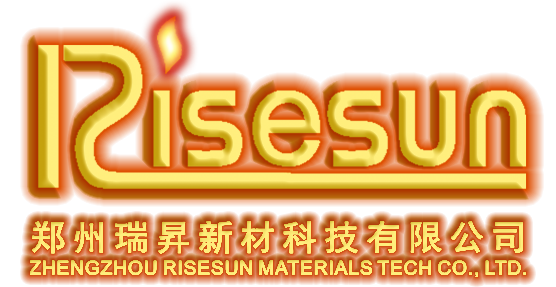20
2024
-
11
Understanding High Temperature Heating Elements: Applications and Benefits
High temperature heating elements are critical components in numerous industrial applications that require reliable heating solutions under extreme conditions. These elements are designed to operate efficiently at elevated temperatures, making them essential for processes such as material processing, heat treatment, and laboratory applications. One of the primary materials used in high temperature
High temperature heating elements are critical components in numerous industrial applications that require reliable heating solutions under extreme conditions. These elements are designed to operate efficiently at elevated temperatures, making them essential for processes such as material processing, heat treatment, and laboratory applications.
One of the primary materials used in high temperature heating elements is nickel-chromium alloy, often referred to as nichrome. This alloy is known for its excellent resistance to oxidation and high-temperature stability, allowing it to maintain performance over prolonged periods. Other materials, such as silicon carbide and molybdenum disilicide, are also utilized in specific applications where even higher temperatures are needed.
The applications of high temperature heating elements are vast. In the manufacturing industry, they are commonly used in furnaces, kilns, and stoves, where precise heat is required for tasks like sintering ceramics or melting metals. In laboratories, these heating elements are crucial for experiments that demand consistent and high thermal output, such as material testing and chemical analysis.
Additionally, high temperature heating elements are employed in the aerospace and automotive industries for component testing, ensuring that materials can withstand extreme conditions. They also play a significant role in the production of glass and ceramics, where controlled heating is essential to achieve desired properties and finishes.
The benefits of using high temperature heating elements extend beyond just their ability to withstand heat. They offer improved efficiency and energy savings, as many modern designs are optimized for better thermal conductivity and reduced heat loss. This not only contributes to lower operational costs but also aligns with the growing emphasis on sustainability in industrial processes.
Moreover, high temperature heating elements can be customized to fit specific applications, allowing businesses to tailor their heating solutions to meet unique requirements. This versatility makes them a popular choice across different sectors, from food processing to semiconductor manufacturing.
In summary, high temperature heating elements are vital in various industries, providing reliable and efficient heating solutions under extreme conditions. By understanding their functions, materials, and applications, professionals can make informed decisions to enhance their operational processes. Whether for industrial manufacturing or laboratory research, high temperature heating elements continue to be an integral part of modern engineering and technology.
One of the primary materials used in high temperature heating elements is nickel-chromium alloy, often referred to as nichrome. This alloy is known for its excellent resistance to oxidation and high-temperature stability, allowing it to maintain performance over prolonged periods. Other materials, such as silicon carbide and molybdenum disilicide, are also utilized in specific applications where even higher temperatures are needed.
The applications of high temperature heating elements are vast. In the manufacturing industry, they are commonly used in furnaces, kilns, and stoves, where precise heat is required for tasks like sintering ceramics or melting metals. In laboratories, these heating elements are crucial for experiments that demand consistent and high thermal output, such as material testing and chemical analysis.
Additionally, high temperature heating elements are employed in the aerospace and automotive industries for component testing, ensuring that materials can withstand extreme conditions. They also play a significant role in the production of glass and ceramics, where controlled heating is essential to achieve desired properties and finishes.
The benefits of using high temperature heating elements extend beyond just their ability to withstand heat. They offer improved efficiency and energy savings, as many modern designs are optimized for better thermal conductivity and reduced heat loss. This not only contributes to lower operational costs but also aligns with the growing emphasis on sustainability in industrial processes.
Moreover, high temperature heating elements can be customized to fit specific applications, allowing businesses to tailor their heating solutions to meet unique requirements. This versatility makes them a popular choice across different sectors, from food processing to semiconductor manufacturing.
In summary, high temperature heating elements are vital in various industries, providing reliable and efficient heating solutions under extreme conditions. By understanding their functions, materials, and applications, professionals can make informed decisions to enhance their operational processes. Whether for industrial manufacturing or laboratory research, high temperature heating elements continue to be an integral part of modern engineering and technology.



